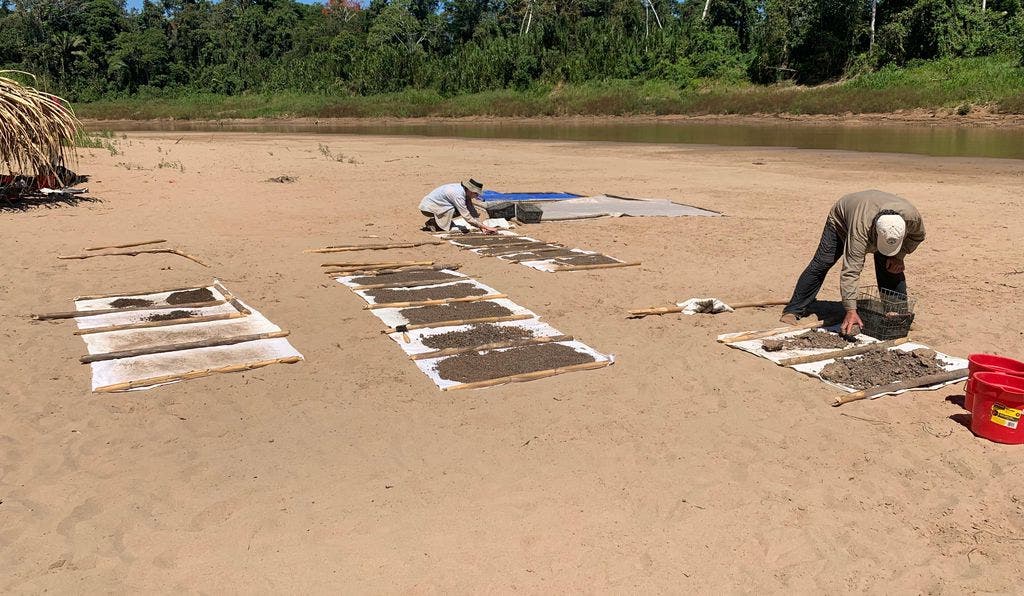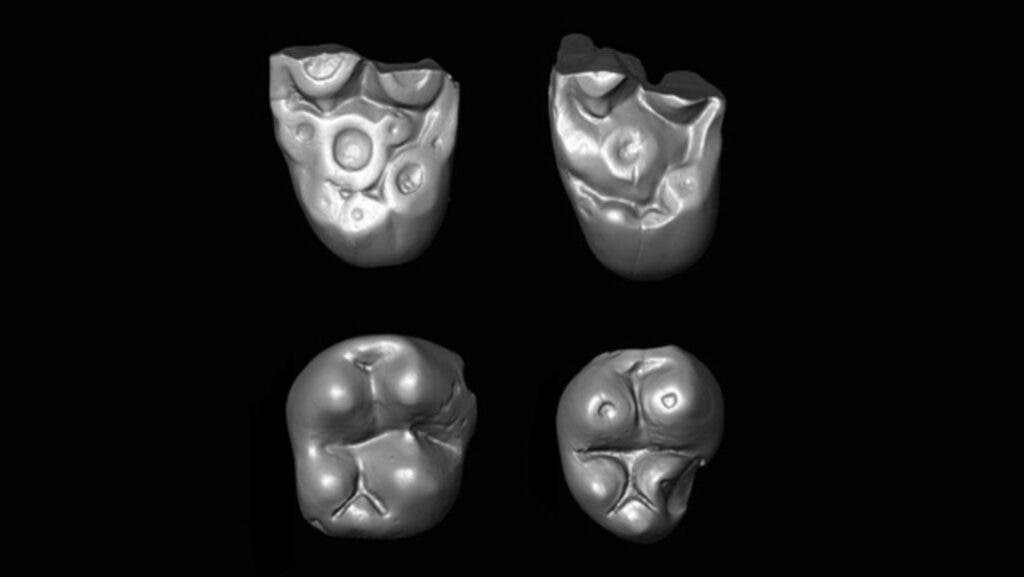Millions of years before humans were doing any exploring, a group of monkeys made an epic, presumably involuntary journey across the Atlantic.
Researchers have traced this journey using a key fossil find: four teeth uncovered in Peru, belonging to primates that lived only in Africa.

The banks of Río Yurúa, turned out to be a valuable trove for paleontologists. Here, 32-million-year-old rocks contain a strange mix of things you’d expect and things you wouldn’t. Alongside the remnants of bats, capybaras, and early New World monkeys, researchers also found evidence of a second primate group: a group known as parapithecids, who only lived in Africa.
“This is a completely unique discovery,” said Erik Seiffert, the study’s lead author and Professor of Clinical Integrative Anatomical Sciences at Keck School of Medicine of USC. “It shows that in addition to the New World monkeys and a group of rodents known as caviomorphs—there is this third lineage of mammals that somehow made this very improbable transatlantic journey to get from Africa to South America.”
The study was based on only 4 teeth — but sometimes, that’s all you need to tell a paleontological story. To the untrained eye, these 4 teeth would look similar to those found in the Americas, but to experienced paleontologists, that couldn’t be further from the truth.
“The new molars were almost identical to those of the parapithecid Qatrania, which is known from sites that I worked in the Fayum area of Egypt,” Seiffert also says.

The species is new to science (Seiffert and colleagues named it Ucayalipithecus perdita), but the group to which it belongs is clear — the African group. So how did African primates reach South America?
To answer that question, we need to look at the geology at the time.
“It is likely that the ancestors of this new species arrived via a transatlantic rafting event when sea levels dropped at the Eocene–Oligocene transition ∼32 to 35 million years ago,” the study authors note.
The Eocene-Oligocene transition was actually an extinction event marked by a decrease in sea levels. The glaciers in Antarctica were slowly building up at the time, which caused Africa and South America to be a little closer by land than they are today. The 1,770 miles that separate the two continents now would only have only been about 900-1,300 miles during that geological period.
“We’re suggesting that this group might have made it over to South America right around what we call the Eocene-Oligocene Boundary, a time period between two geological epochs, when the Antarctic ice sheet started to build up and the sea level fell,” said Seiffert. “That might have played a role in making it a bit easier for these primates to actually get across the Atlantic Ocean.”
However, even 900 miles would have been a hell of a passage — so how did they (or their ancestors) do it? As unlikely as it sounds, Seiffert believes they arrived to the Americas on a raft.
It’s not the first time something like this would have happened. The ancestors of Madagascar lemurs, for instance, reached the island by rafting from mainland Africa over more than 260 miles, and small mammals or lizards have been known to raft even longer distances. It’s not intentional (the primates weren’t exactly boldly going where no primates have gone before), but this type of long travel can sometimes happen.
But the bizareness of the situation doesn’t elude Seiffert.
“The thing that strikes me about this study more than any other I’ve been involved in is just how improbable all of it is,” said Seiffert. “The fact that it’s this remote site in the middle of nowhere, that the chances of finding these pieces is extremely small, to the fact that we’re revealing this very improbable journey that was made by these early monkeys, it’s all quite remarkable.”
Journal References:
- E.R. Seiffert at University of Southern California in Los Angeles, CA el al., “A parapithecid stem anthropoid of African origin in the Paleogene of South America,” Science (2020).
- M. Godinot at Ecole Pratique des Hautes Etudes in Paris, France el al., “Rafting on a wide and wild ocean,” Science (2020).









